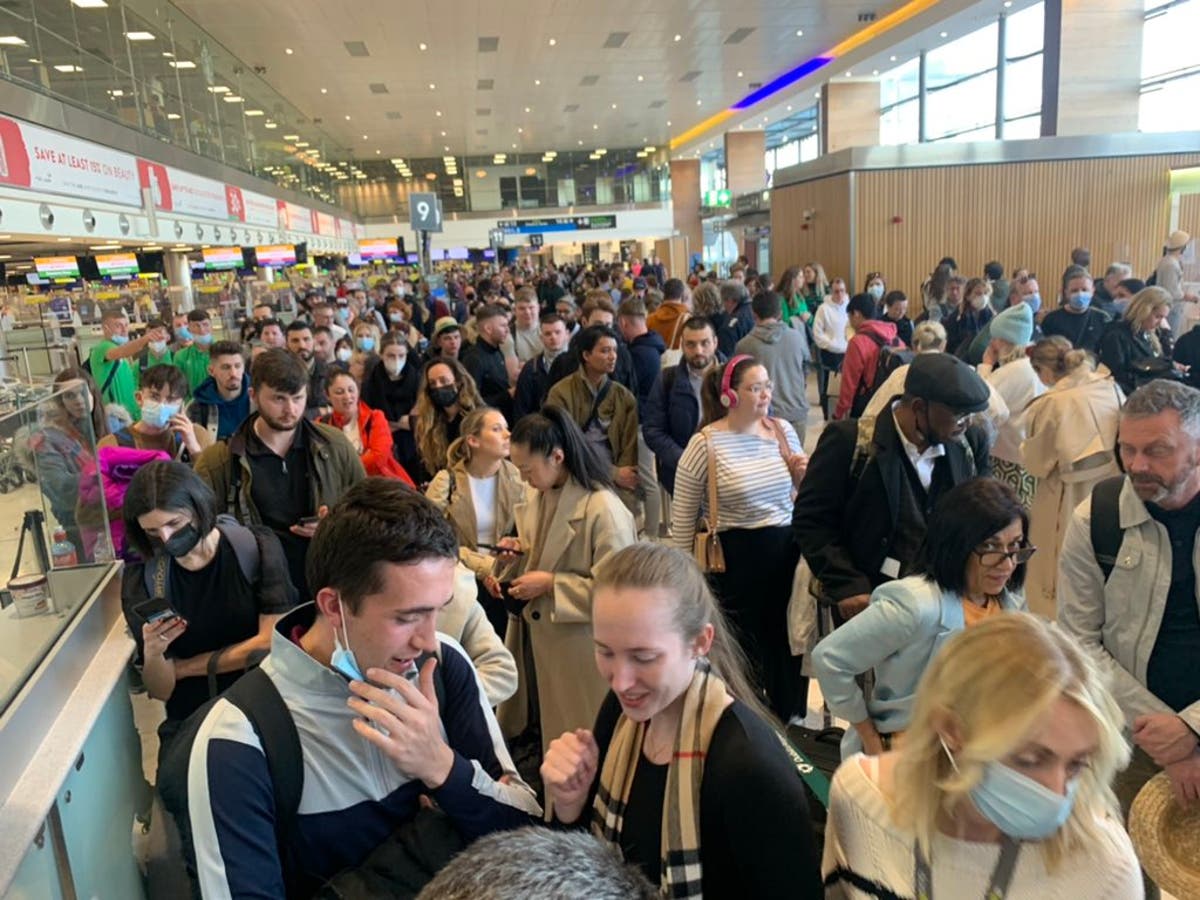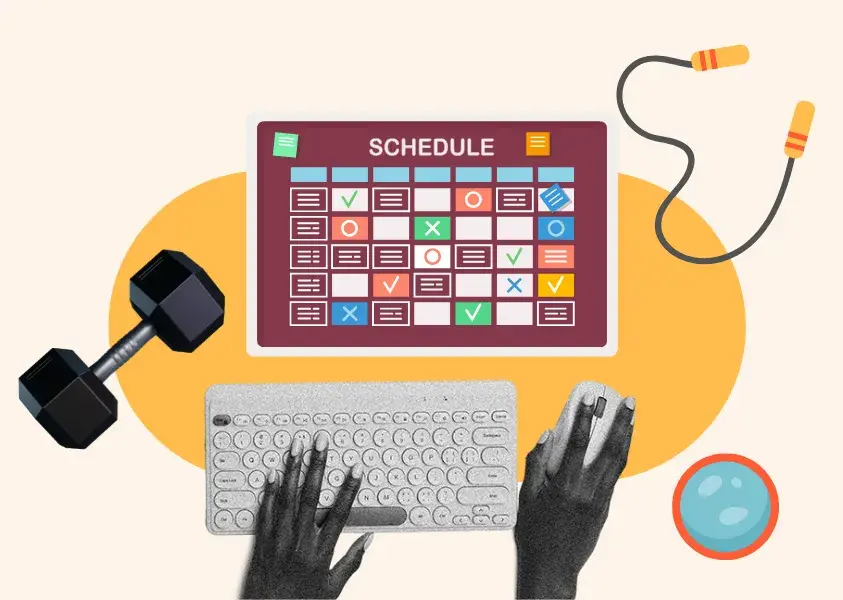How to Set Up a Home Security Camera System Without Using the Cloud
Keep your camera recordings to yourself.

We may earn a commission from links on this page.

Credit: Reolink
There are plenty of good reasons to get your home kitted out with some of the best security cameras on the market: These devices are (usually) affordable, packed with features, and simple to set up and use. Once they're in place, you can see what's happening at your property 24/7, and get alerts of suspicious activity sent straight to your phone.
Only a few years ago, putting a camera system like this in place would've cost a lot more money and required professional help—so we're definitely moving in the right direction. However, these security cameras can come with strings attached.
Many cameras on the market—including those from Arlo, the Amazon brands Ring and Blink, and the Google brand Nest—require a monthly subscription. These subscriptions usually enable cloud storage for your video recordings, so you can get at them for days or weeks afterwards.
Having an archive of footage in the cloud is convenient, but not everyone will want to sign up for yet another digital subscription to keep their security cameras working properly. What's more, having your videos in the cloud leaves you open to data breaches and requests from law enforcement and government agencies.
There is another way, fortunately—Pay up front for your security camera kit, and keep your video recordings saved locally.
Subscription options
Before we get into cameras that don't offer any subscriptions at all, you might be wondering if it's worth buying cameras from the more well-known names but without signing up for a monthly (or yearly) subscription plan. The details of these plans vary between companies and cameras, but a lot of them are pretty similar.
In most cases, being able to check a live feed from your camera, and getting motion alerts when something happens in front of it, won't cost you anything extra. Sometimes extra features like motion zones (only getting alerts about activity in certain parts of the frame) will be free as well. It's the video archives and cloud storage that typically have a price attached.

Nest cameras work best with a Nest Aware subscription. Credit: Google
Let's take Google's Nest Aware subscription as an example: yours for $8 a month or $80 a year. It means clips are stored in the cloud for 30 days (compared with three hours if you don't pay), and you also get smart face detection, so your cameras can tell the difference between a family member and a complete stranger. Smart alerts, for sounds like breaking glass and smoke alarms, are also enabled with a subscription.
Other security cameras offer similar plans, so check before buying—just make sure you factor in the cost for every camera in your home. Some companies require you to pay a separate monthly fee for each camera, though Google Nest Aware is one of the plans that covers all of the cameras you've set up at home.
Choosing a camera
Almost every home security camera on the market now comes with a subscription plan of some kind, mostly to enable cloud backups. If you don't want cloud storage or monthly fees then, it's not a question of finding a camera without a subscription option—it's about finding a camera where the subscription option isn't essential, and where local storage for your videos is offered as an option.
One of the most popular brands in this regard is Reolink. It offers a bunch of different cameras with support for saving footage to a memory card in the camera itself, or to a central storage hub on your network. Advanced features like high-resolution 4K footage, motion zones, and person and vehicle detection are available, and the company even offers advice on when the police can request recordings from you.

Reolink offers cameras and local storage hubs. Credit: Reolink
Another manufacturer worth a mention is TP-Link. Its cameras include the all-important local storage option, so you can simply slot a memory card into the back of a camera and save your footage directly to it. As with Reolink, there's plenty of subscription-free functionality built in: the ability to tell the difference between people and vehicles, motion zone support, night vision, two-way audio, and more.
It's also worth considering cameras from Lorex. There's support for local storage and no need for any subscription—and these are key selling points by the company. As well as offering cameras with memory card slots, Lorex will also sell you recording boxes to connect to your local network, so you can keep footage from multiple cameras together in one place.
Accessing footage
While cloud video storage comes with its problems, as we've already discussed, it certainly has its advantages too. You can easily access footage from anywhere in the world, and it means that if thieves make off with everything in your home—including your security cameras and their memory cards—you've still got a backup.
Any security camera you buy that saves footage locally can still be monitored over the web in terms of its live feed—but getting at the video archive when you're away from home might be trickier, depending on the camera model. That's why Reolink and Lorex offer network-attached hubs for your recordings, so that you can log into them from anywhere (some router reconfiguration may be required).

Setting up a NAS is another option. Credit: Synology
If you're really dedicated, you can set up your own custom system, using a NAS (Network Attached Storage) drive to collect recordings from your cameras and put them in a place where you can always find them (even if you're connecting remotely over the web). Some (but not all) Reolink, TP-Link, and Lorex models support this form of recording—just double-check in the listings.
There are plenty of other options out there, but some technical know-how may be required: Certain cameras are easier to set up this way than others. This list of compatible cameras from NAS manufacturer Synology is a good place to start, which lets you filter models based on the features you're looking for.

 ValVades
ValVades 































